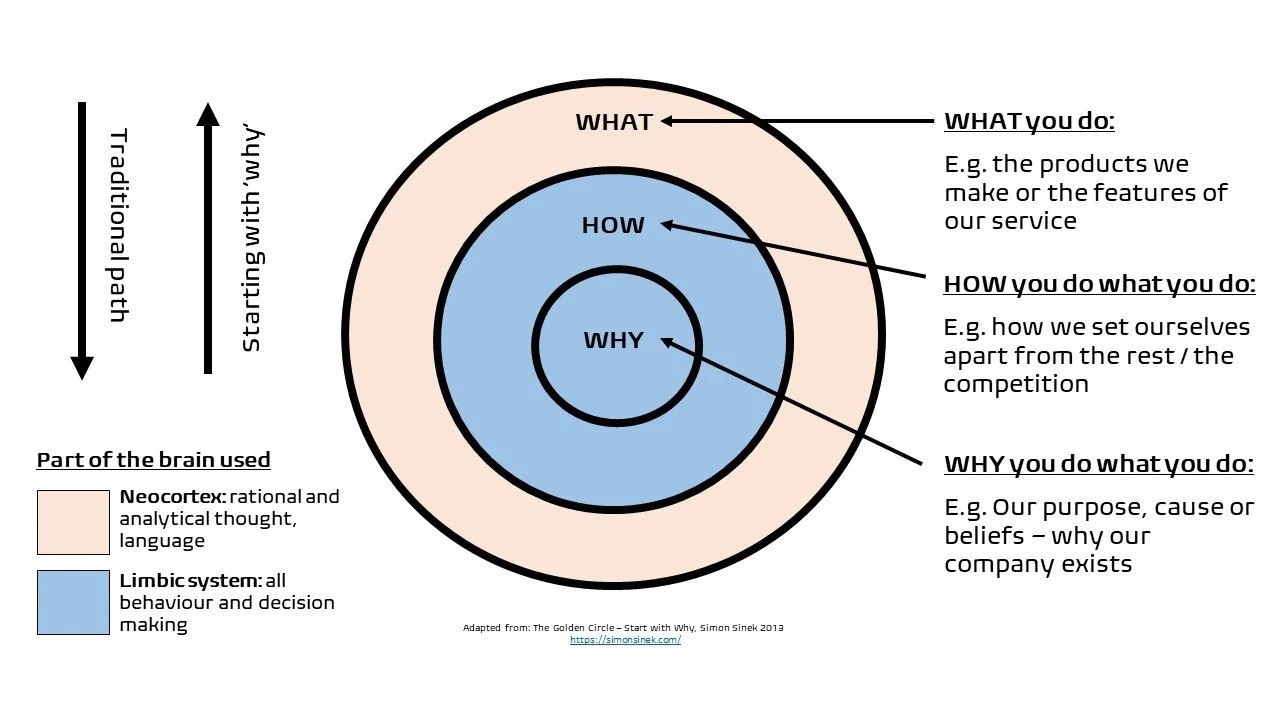The Psychology of Storytelling: Why Stories Sell
Hello, readers and fellow Praxians! Have you ever made a decision without being able to explain it? We like to think our decisions are rational and well thought out, but that is not always the case.
The Power of Storytelling
Our brain processes stories and emotions faster than it can understand more practical concepts. This explains why storytelling can be so effective in marketing. A great story can:
Capture attention: Opening with a story makes people listen more.
Win people over: A well-told story makes people feel connected with you.
Align people to your cause: The value of the story should align with the value of the product.
Keep attention: Human beings naturally want to keep listening until the end of the story.
People often make decisions based on emotions and back them up with rationale. Since emotions are processed faster, it’s more effective to start with a story and follow with facts and figures.
Sell Your Cause - Not Your Product
People don’t care about what you make—only what it can do for them. What makes this valuable? Why do you make it? This is a concept from Simon Sinek’s Start with Why (check out his video here).
Image by Jamie Wilkinson
People only buy what you do after they have bought into why you do it. Aligning people with your cause creates loyal customers who care more about the company than a specific product. Leading with why can help you acquire and retain more customers.
Aquisition and Retention
To better understand business growth, I took a deeper look into two important stages: how to acquire new customers and how to retain current ones. To do this, I created a case study on how a company attained and maintained my business.
Key Takeaways
Use psychological triggers: Psychological tactics, like social proof, can move customers through the acquisition and retention stages.
Be honest: Long-term relationships with customers are only possible when the product delivers what it promises.
Reduce friction: Make it easy for customers to stay subscribed and continue using your product.
Encourage habits: Retention is more effective when customers form a routine around using your product.
Keep them engaged - once you acquire a customer keep up communication and interactions.
(Check out the full case study here).
